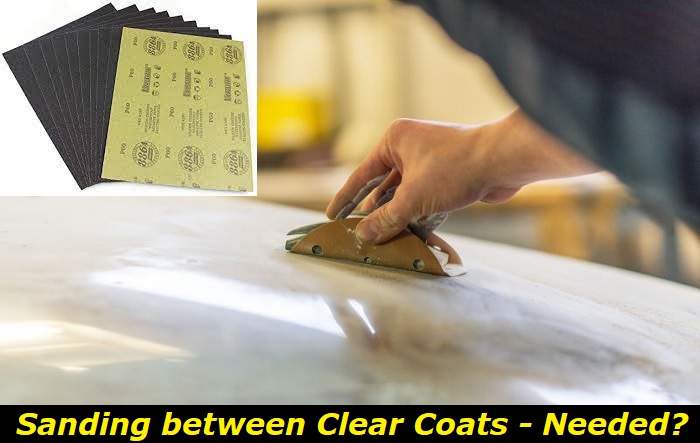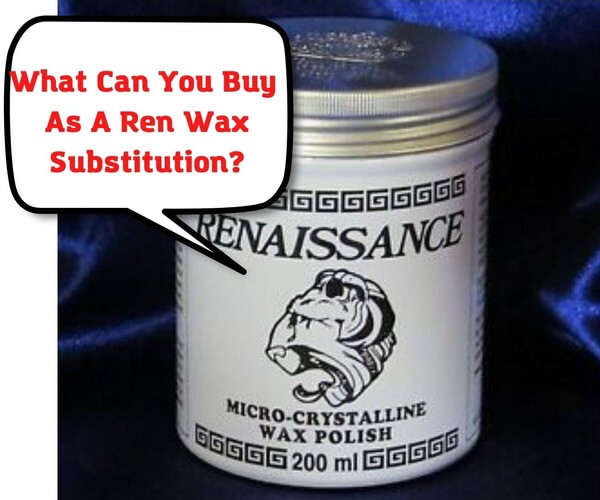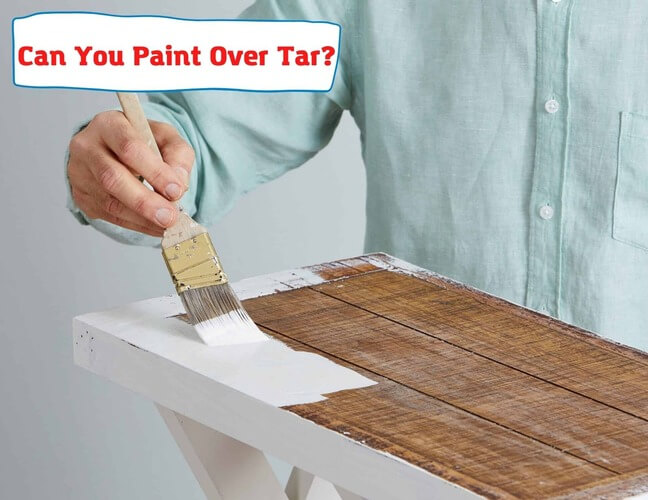Sanding is a crucial aspect of a paint job, as it helps achieve a smooth surface, vastly improving the final look compared to a non-sanded surface. Ensuring proper adhesion between clear coats is essential, and sanding plays a pivotal role in this process.

Is it Necessary to Sand Between Clear Coats?
While there are varying opinions on this matter, when it comes to applying coats of polyurethane, it is highly recommended, and sometimes necessary, to sand between layers.
Advantages of Sanding:
- Adhesion: Proper adhesion between coats is paramount; without it, the layers may begin to peel, negatively impacting the appearance of the final product. Without sanding between clear coats, exposure to humidity can roughen the surface, potentially necessitating annual reapplications instead of the usual 4 to 5 years.
- Dealing with Low-Quality Paint: The quality of your paint also influences the necessity of sanding between coats. Low-quality, inexpensive paints may leave bubbles, drips, roller imperfections, and brush marks due to the lack of additives required for a smooth finish. Sanding between coats is necessary when using such paints. However, regardless of paint quality, if the surface is not smooth, sanding is required. While a foam brush can help eliminate brush marks, it won’t address other defects. Ignoring these blemishes is not advisable, as they tend to become more noticeable after staining.
In conclusion, sanding between clear coats ensures a smoother surface and attracts less dirt, making maintenance easier.
Can You Sand and Reapply the Clear Coat?
Yes, it is possible to sand away an old clear coat and apply a new one. Ensure the old clear coat is completely removed before reapplying.
How Long Should You Wait Before Sanding?
The drying time before sanding depends on the humidity levels in your workspace. In hot areas, water-based coats may take longer to dry than in humid areas. Generally, it is advisable to wait at least 2 hours before sanding water-based coats and 5 hours for oil-based coats. The crucial factor is to ensure the first coat is completely dry before proceeding with sanding.
Sand Like a Pro
Sanding is an integral part of any paint job, contributing significantly to the final appearance and durability of the coating. While we typically recommend hiring a professional for best results, sanding between coats is a relatively straightforward task that you might choose to tackle yourself. Here’s how you can sand like a pro.
Light Sanding
When sanding between coats, aim for a light touch to avoid sanding through the finish. The primary goal is to eliminate any roughness. Modern clear coats play a crucial role in protecting undercoats from UV rays, preventing color fading. Be cautious during sanding to preserve the clear coat’s UV-blocking capabilities. For a gentler approach, consider wet sanding clear coats using fine-grit sandpaper.
Tips for Professional-Quality Sanding
- Long, Even Strokes: Ensure your sanding strokes are consistent and in one direction. Random or circular strokes can lead to an uneven surface.
- Choose the Right Sandpaper Grade: The type of wood and the size of the surface you’re working on will determine the best sandpaper for the job. Opt for high-quality, durable sandpaper to prevent quick wear and potential damage to your project. Avoid low-grade sandpapers that may leave an unprofessional finish.
- Be Careful Around Joints: Avoid sanding over joints, as this can raise them above the level of the surrounding surface.
After sanding, thoroughly vacuum the area to eliminate all traces of dust and debris. Ensuring a clean surface is crucial before applying the next clear coat.
Selecting the Correct Sandpaper
For sanding between clear coats, 220- to 400-grit sandpaper is recommended. While 220-grit is generally coarse enough for the task, 320-grit is also a viable option with minimal difference. 400-grit sandpaper can be used, but be aware that it tends to wear out quickly.
Wet Sanding vs. Dry Sanding
- Wet Sanding: This method involves adding water as a lubricant, resulting in a smoother sanding process. It is generally considered gentler and is preferred for fine finishing.
- Dry Sanding: A faster method, dry sanding removes more material and can be done either by hand or with a power tool. It typically uses lower grit sandpaper than wet sanding.
By following these tips and choosing the right technique and materials, you can achieve a professional-quality finish, even if you decide to do the sanding yourself.
How to Wet Sand Between Clear Coats
Wet sanding is preferred for achieving an ultra-smooth finish and is less likely to result in mistakes. It is also less messy compared to dry sanding. Here’s a guide to wet sanding furniture effectively:
- Soak 1200-grit sandpaper in water for a few minutes. While waiting, use masking tape to protect areas you don’t want to sand, such as joints, edges, and moldings.
- After soaking, wrap the sandpaper around a sanding block. You can dampen the surface you plan to sand using a spray bottle for controlled water application.
- Start sanding by applying firm pressure on the sanding block, moving it in a linear motion, following the grain of the wood. Regularly moisten the surface to avoid drying out, and wipe away any milky residue to check for uniform dullness and signs of wear.
- Gradually move to finer grits, using 1500-grit followed by 2000-grit sandpaper, ensuring the surface remains wet throughout the process.
- Finish by polishing the surface to restore its shine.
Dry Sanding Between Clear Coats
Dry sanding is another option for preparing surfaces between clear coats:
- Ensure the first clear coat is completely dry. Waiting times can vary based on the product used and environmental conditions.
- Use 220- to 400-grit sandpaper, a tack cloth, and polyurethane for the subsequent coat.
- Gently sand the surface in the direction of the wood grain, using folded sandpaper for a comfortable grip.
- Wipe away any dust using a tack cloth, then apply the next clear coat. Repeat these steps between each coat, ensuring full drying before sanding.
- Avoid sanding before the clear coat is fully dried to prevent clogging the sandpaper and potentially damaging the finish.
Conclusion
Sanding between clear coats, whether wet or dry, is a delicate yet essential part of achieving a professional-looking finish. Exercise patience, use the appropriate tools, and follow the recommended techniques to ensure the best results for your project.
- Can You Unmix Paint: Techniques, Consequences, Alternatives - February 23, 2024
- Does Primer Need to be Mixed? Effective Primer Application - February 22, 2024
- How to Make Old Paint Usable Again: Retrieving and Preserving Paint - February 21, 2024



